Most children begin encountering multisyllabic words in 1st grade. Unfortunately, not all reading programs spend enough (or any!) time teaching students to decode these words. (Does yours?)
While some students will successfully learn to decode multisyllabic words, many other kids will stumble over them for years. They’ll skip the ending, or part of the middle, or mispronounce the vowel sounds.
But with our help, students CAN master multisyllabic words! And it only takes a handful of minutes each week.
In today’s blog post, I’m sharing 4 engaging activities that will help you teach students how to break up multisyllabic words!

1. Breaking Up Words
This activity is probably the most basic – but it’s also the most important! Plain and simple, kids need practice dividing up lots of words, so that they can then apply these skills to their reading.
I use a hands-on approach to begin teaching students to break up words. I have them use different colors to code the consonants and vowels. They use scissors to physically cut each word apart.
Eventually, we usually move to dividing up the words on paper or whiteboards (by drawing lines, not cutting). Students copy the words from the board, or I give them a half-sheet like the one below. At this point, we also stop using colors. Students just use a pencil to mark the consonants, vowels, and syllable types. The process becomes a little bit faster.
My Complete Guide to Teaching Syllable Types & Syllable Division Rules walks you through exactly which syllable division rules to teach – and when. The lessons also cover the syllable types. Everything is laid out for you, and many teachers have mentioned that it’s very easy to follow.
If you just need a refresher on the basics of the syllable division rules and syllable division types, however, make sure to check out these blog posts:
How To Teach Students To Divide Words Into Syllables
The 6 (or 7) Syllable Types: What They Are, Why They Matter, And When To Teach Them!
2. Color Coding Syllables or Rainbow Syllables
Even after we move to using the half-sheets, I still like to keep syllable division fun and fresh for my kids! “Color Coding Syllables” or “Rainbow Syllables” are two activities that my students enjoy.
Check out the examples below – the first example is for practicing open and closed syllables, and the second example is for practicing open, closed, magic e (silent e), and vowel team syllables.
3. Sorting Words
I’m sure you’ve heard of a word sort before, but I apply this concept in some unique ways when we work on syllable division.
In the example below, students practice determining whether words have 1 or 2 syllables. All of the words end with -ed; in the accompanying lesson, students learn that while -ed can serve as a syllable by itself (when following the letter t or d), sometimes it has no vowel sound and does not act as its own syllable.
In the word sort example below, students determine whether each word follows the V/CV syllable division rule or the VC/V syllable division rule. (This concept can be tricky – students might have to try dividing the word both ways before figuring out the pattern!)
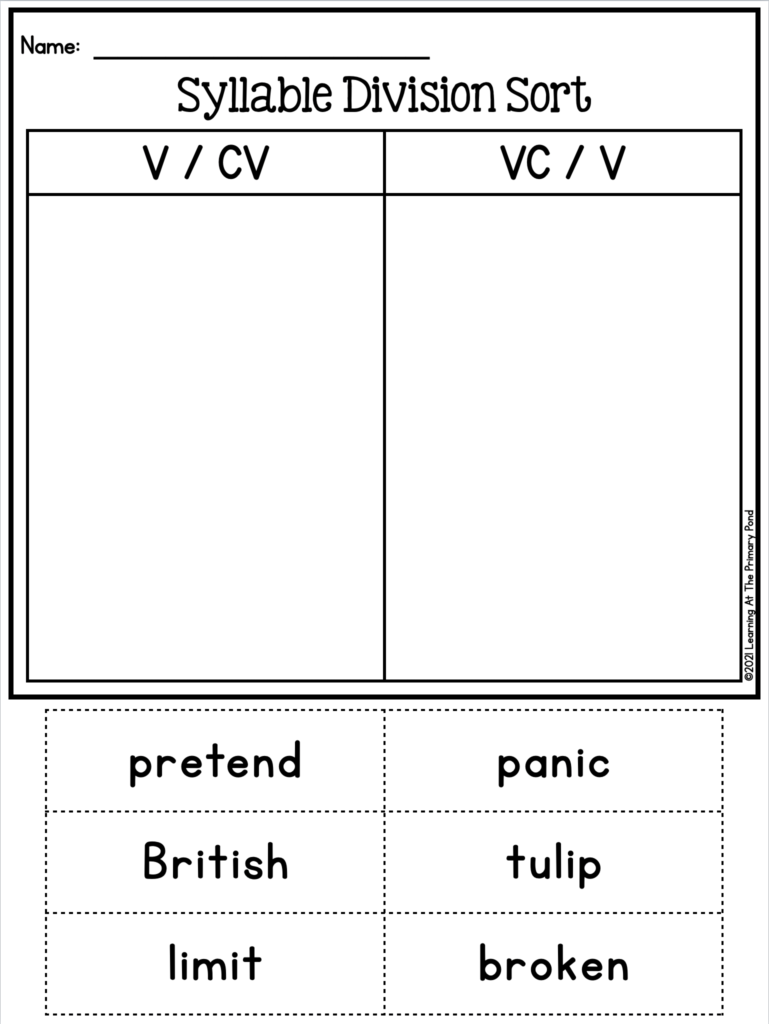
There are many different ways you can use word sorts to have students practice syllable division!
4. Code, Roll, and Read
This activity is great for word division practice AND word reading fluency.
In each activity below, students divide up all the words first. Then, they roll a die, read a word in the column they rolled, and cover it. They continue until all words are covered.
More Resources
All of the resources pictured in this blog post come from my Complete Guide to Teaching Syllable Types and Syllable Division Rules!
It can be a lot to figure out on your own, but the guide includes scripted lesson plans to make syllable division easy for your students (and you!) to understand.
This mini-program fits into ANY phonics program. The table of contents tells you exactly when to teach each lesson. You match it to whatever concepts you’re teaching, and you can progress at your own pace. Here’s the Table of Contents:

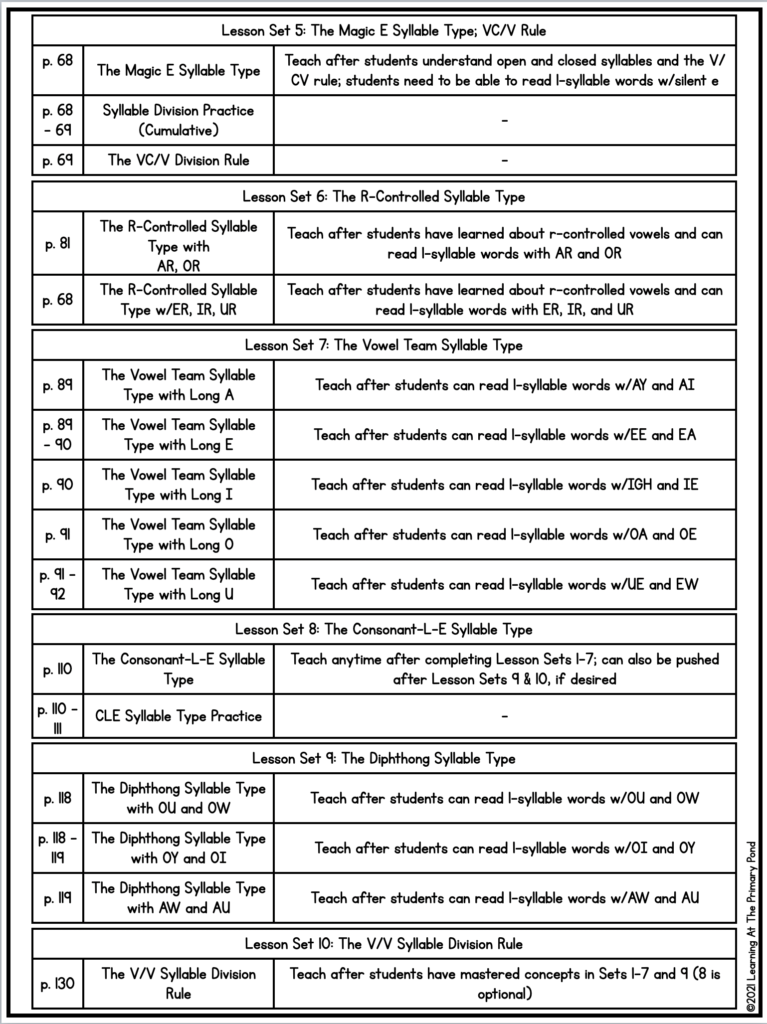
Each week includes lesson plans, words for students to divide, and practice activities like Color Coding Syllables, Code, Roll, and Read, and more. The first few sections start out slowly, so that students first understand what a syllable is (helpful for any grade, but especially appropriate for 1st grade).
If you’d like to learn more about this resource or purchase it, please use this link.
Last but not least, always keep your purpose in mind when teaching multisyllabic words: to help students READ! While these out-of-context activities are important, it’s also essential that we remind students how to apply these principles when they’re reading actual texts.
I hope this post was helpful to you! If you’d like to grab a free phonics guide that includes tons of phonics terms and rules in one place, get the freebie here.
Happy teaching!
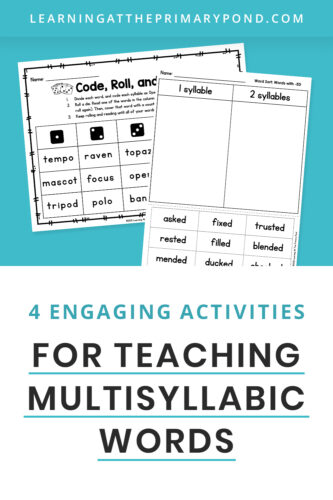

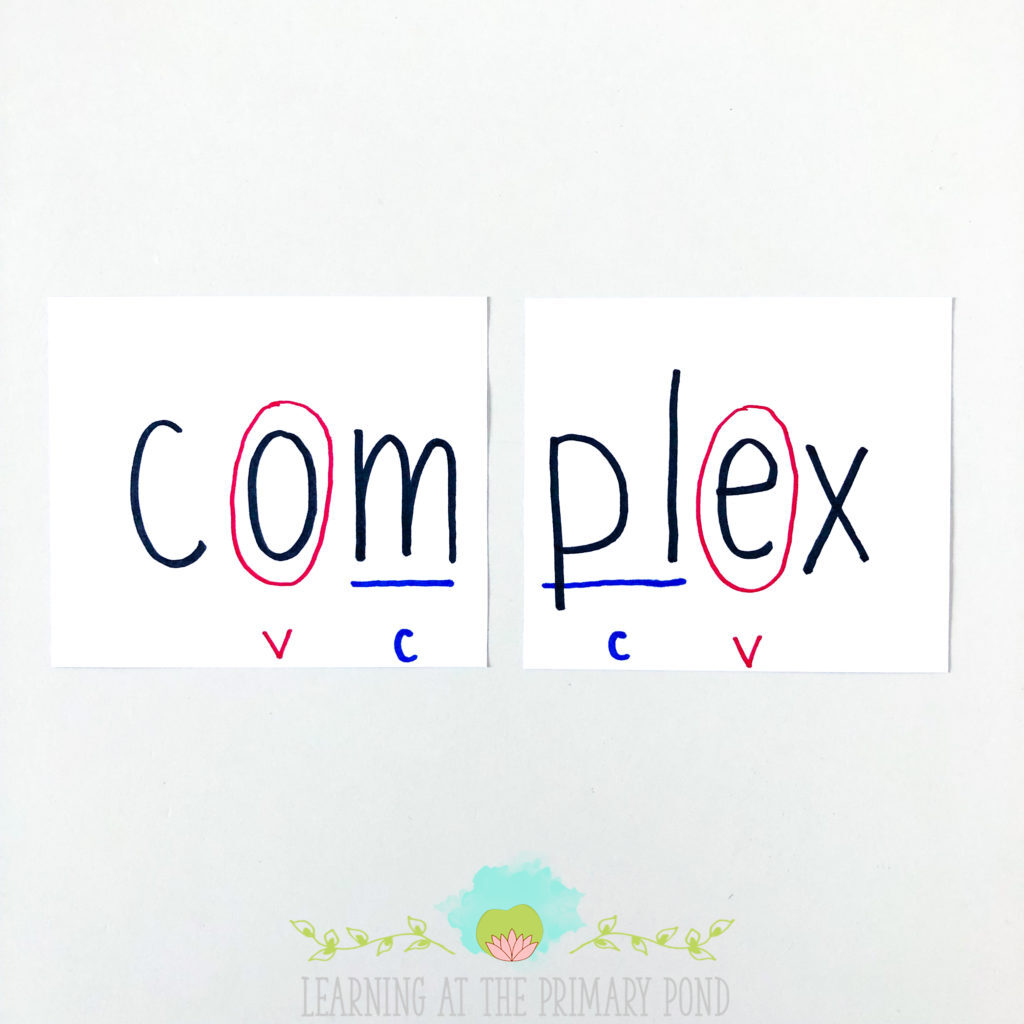

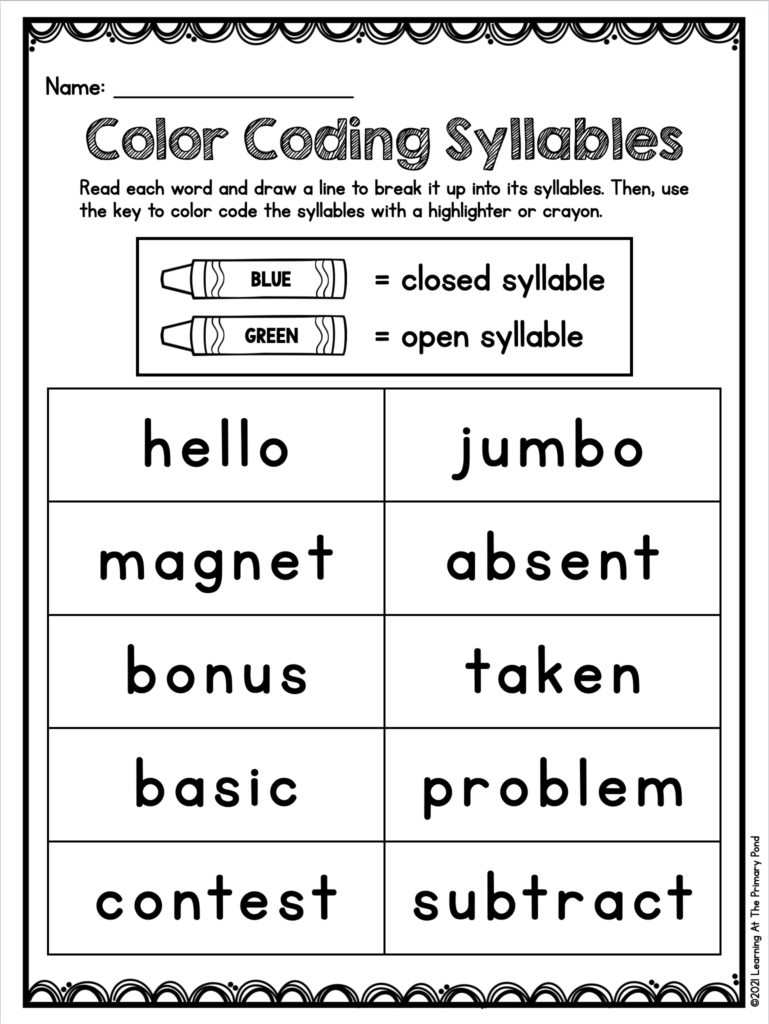
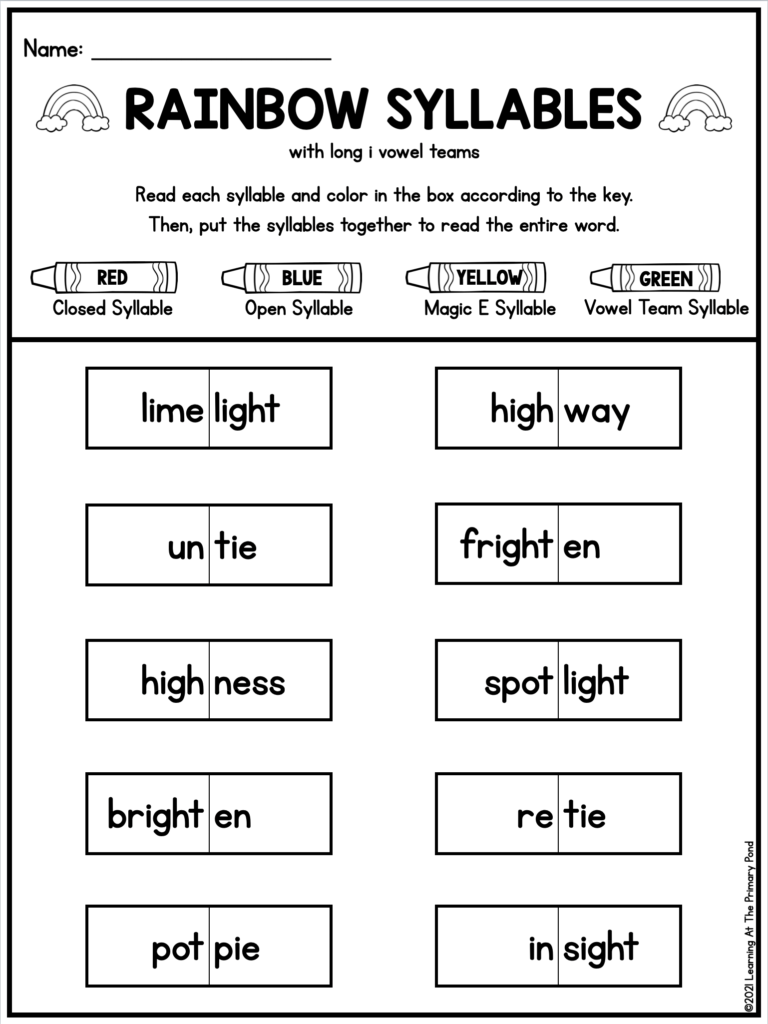
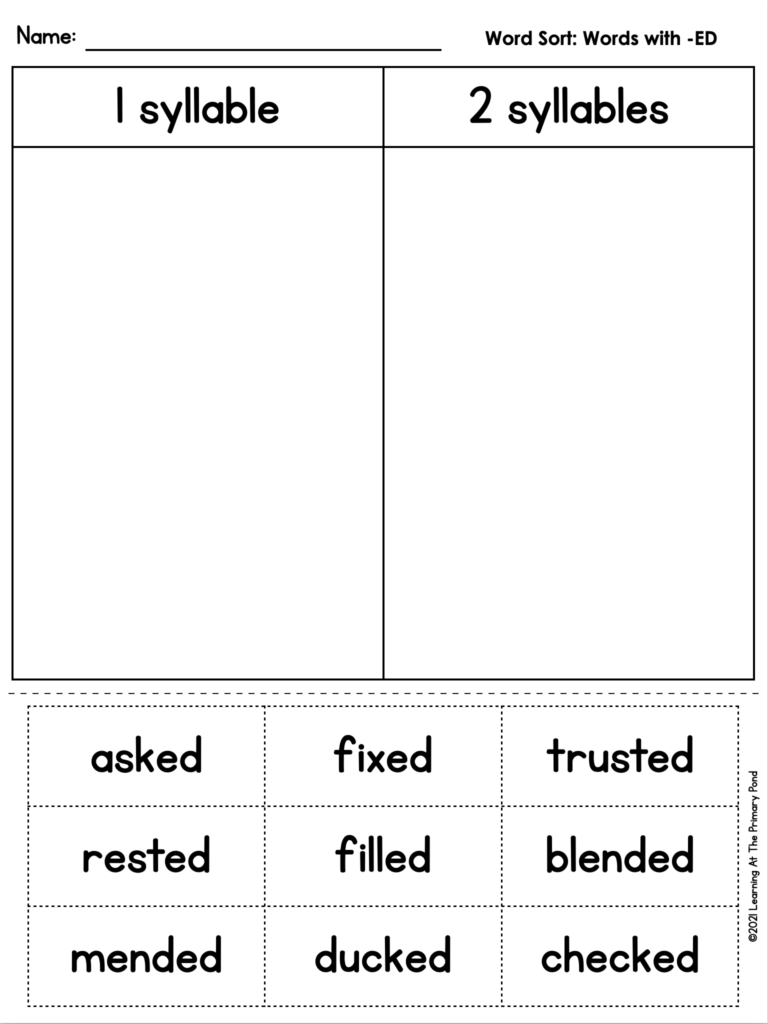
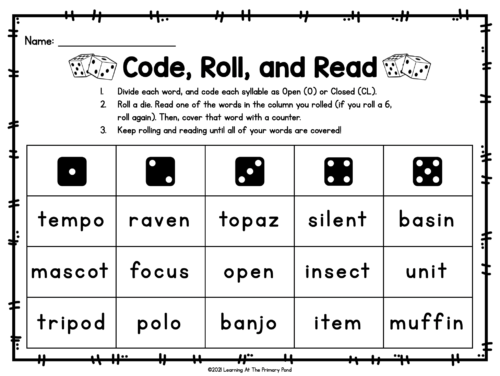
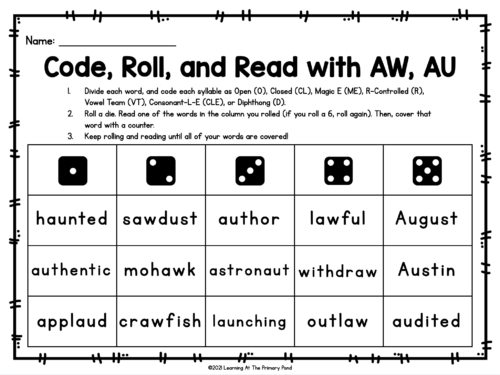
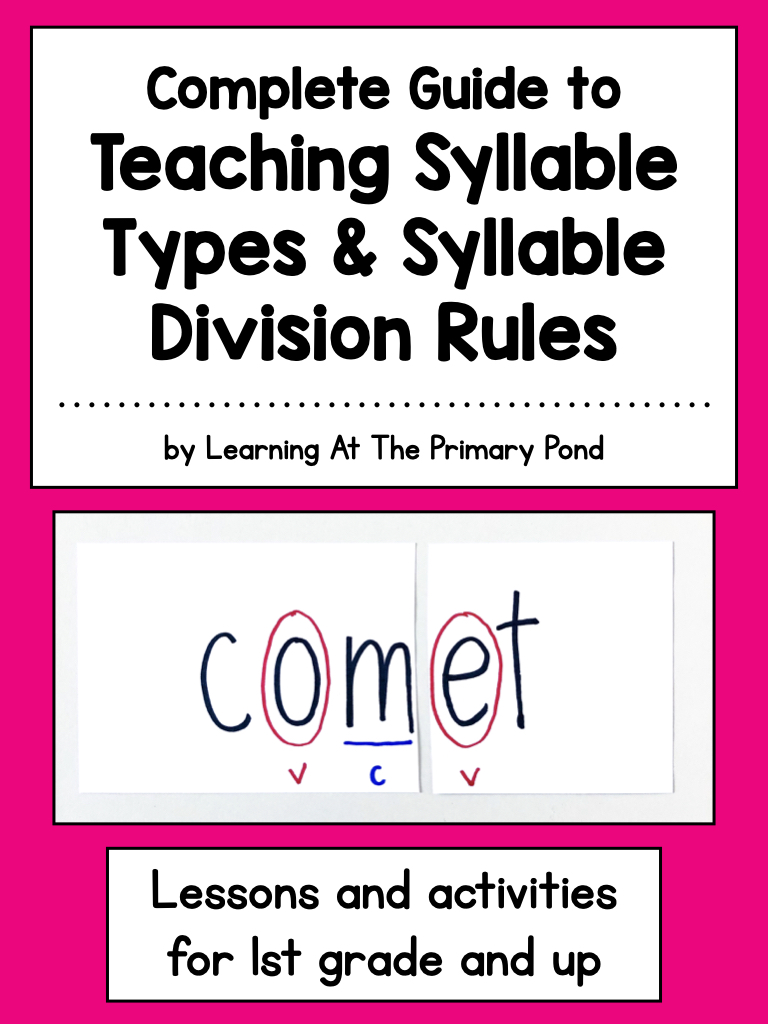
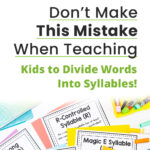


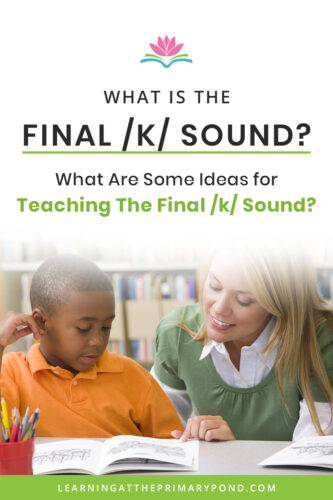
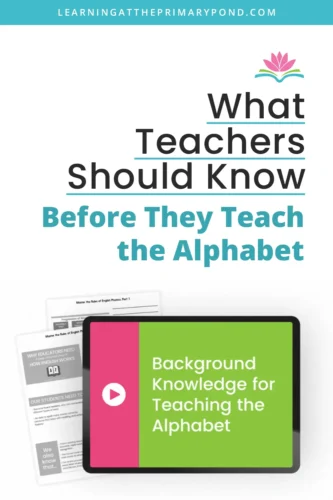
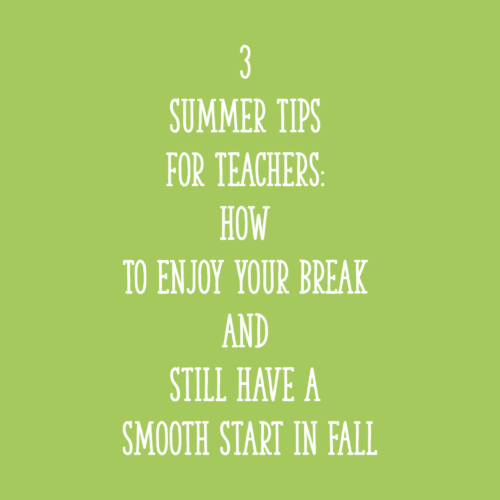






Thank you so much, all your materials I use with my granddaughter are helping me. My granddaughter is behind , she has speech probably. I pray to God to help me touch me granddaughter. God bless you 🤗🎉
Aww, this is wonderful to hear!
Love your ideas to make teaching syllables hands on and engaging! Cutting syllables a part is more interactive than simply dividing words with a pencil and I love your idea of color coding syllables.
Glad these ideas are helpful, Aly!
Allison’s PD’s have saved me a ton with teaching 2nd grade and with teaching with Covid. This blog post is no different, when teaching multi syllabic words to my kids I always struggle. And this helped in more ways than one way!
Glad to hear it’s been helpful!
Thank you for sharing these activities, especially since I’ve only in recent years learned how important syllable type teaching is to the decoding process. Is there a particular place, book, resource you’d suggest to help me improve my knowledge of all syllable types and how they relate to decoding?
I thought your statement, “While these out-of-context activities are important, it’s also essential that we remind students how to apply these principles when they’re reading actual texts.’ was spot on!
Hey Cindy! Here are a couple of blogs I’ve written on syllable division that might also help: The 6 (or 7) Syllable Types and also How to Teach Students to Divide Words into Syllables
You could also check out this product for syllables which many students and teachers have found useful!! Complete Guide to Teaching Syllable Types & Syllable Division Rules
This is all stuff that is so valuable for me as a teacher. I definitely have some students that struggle with new words, and finding ways to split them up and help students decipher them, has been so helpful. I know as teachers, we always want all of our students to be at the same level, but that’s just not realistic. Your resources have been so helpful with my first year as a teacher!
Hannah, thanks for sharing this!!
Just starting with getting my kids to break the bigger words into syllables to help with decoding them. At first, it was so tedious and time consuming to teach all the syllable types and how to break the words apart. Now, after a few days practicing the kids are doing it independently. What a great feeling! I am glad I chose to utilize your materials. Thanks so much.
Yes, it’s awesome to see how with a bit more work on the front end, the hard work pays off!
I love these ideas! Our reading program starts to cover multisyllabic words at the end of kindergarten, which my class is quickly approaching! Dividing words into syllables is always tricky for kinders, and I think the physical act of cutting a word in half would help get that idea across in a new way.
Yes, Kindergarteners love this strategy!
I really like how you scaffold the activities. You start with color coding and physically separating words and then slowly pull back to help students understand. I also like using the charts to categorize words. I think that helps students see what words go where and helps them understand the different types of words. I think that hands on approach is so helpful for so many students. Not all students can just learn by watching or listening. They need to physically do something to understand fully.
You’re 100% right about students needing the opportunities to actually TRY things on their own!
This is great! I have many students who struggle with this concept. I bought the materials you have on your store that show me how to teach multisyllabic words and I am so excited to use them. Thanks so much!
Let me know how it goes!!
Thank you for the refresher! I have so many materials, I forgot I had your syllable resource. I really need to break this out with some of my higher readers. I think they’ll love the Rainbow Syllables.
Hoping your students like that resource!
I love that all of these engaging activities are interactive, promoting hands-on in the simplest, yet meaningful ways. Cutting and sorting, coloring, and dice games have always worked well with my students to increase their interest. Your complete guide to teaching syllables looks great and I appreciate the freebie too! These will definitely support my student’s understanding. Thanks so much
So glad to hear it’s helpful, Nancy!